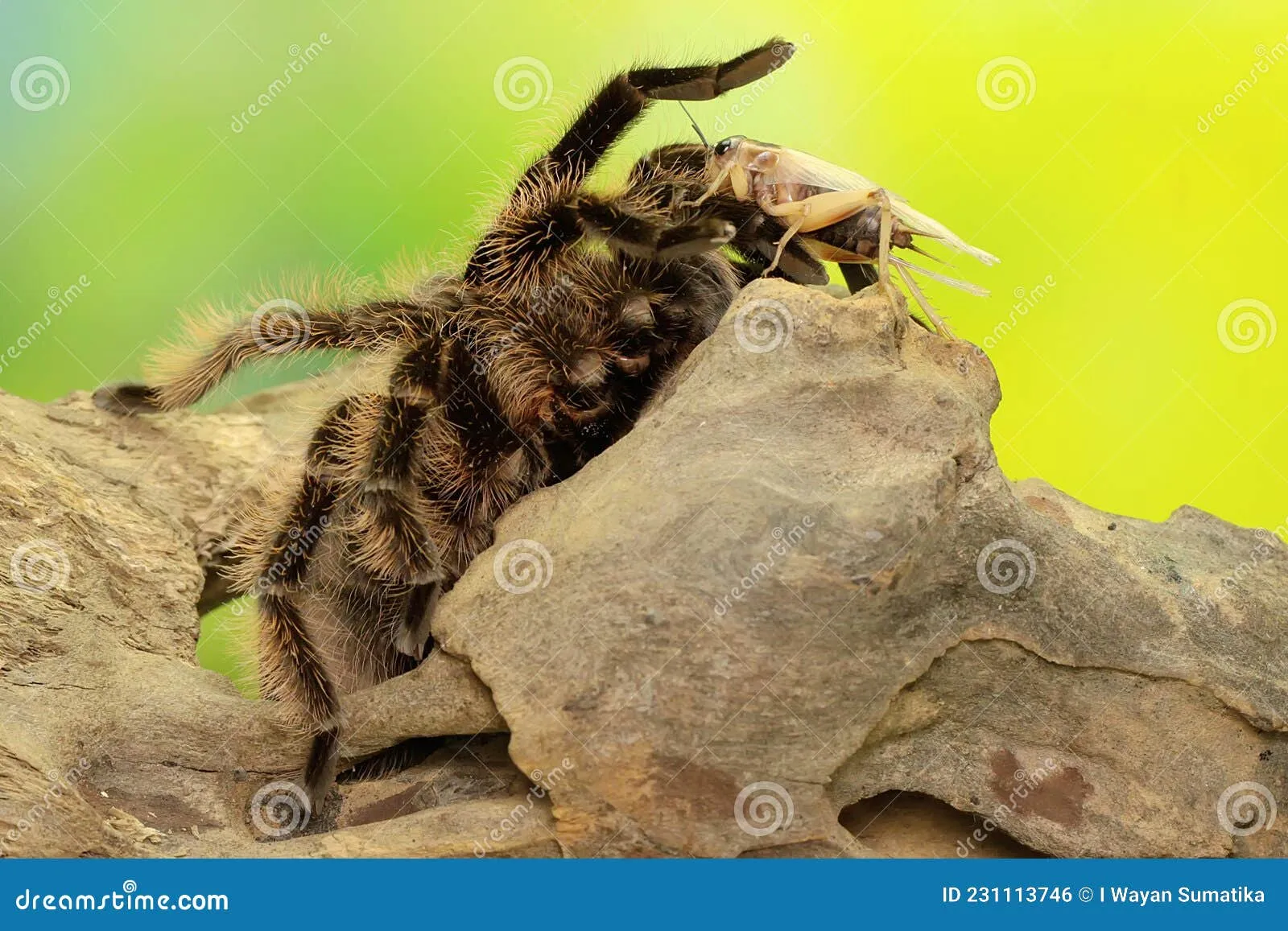What Defines Aggression in Tarantulas
Understanding aggression in tarantulas is crucial for responsible ownership and handling. It’s important to differentiate between genuine aggression and defensive behaviors. While all tarantulas possess a degree of defensive instinct, some species exhibit a higher propensity for aggressive displays and attacks. Recognizing these behaviors is vital to ensuring both your safety and the well-being of your tarantula. This guide delves into the nuances of tarantula aggression, helping you identify and understand the factors that contribute to it.
Defensive Behaviors vs. True Aggression
Defensive behaviors are a tarantula’s primary means of self-preservation. These can include raising their front legs, exposing fangs, or flicking urticating hairs. True aggression, on the other hand, involves a more proactive approach, such as lunging, biting, or persistently displaying threats. A defensive tarantula will often retreat if the threat is removed, whereas a truly aggressive one might continue to pursue or strike. The distinction is subtle but important for gauging a tarantula’s temperament and handling safely. Proper identification of these behaviors will increase your experience with this fascinating creature.
Factors Influencing Tarantula Aggression
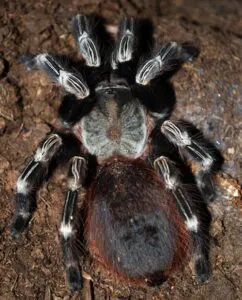
Several factors can influence a tarantula’s aggression. These include the species’ natural temperament, the spider’s age and size, and environmental factors like stress, habitat suitability, and the presence of perceived threats. Younger tarantulas might be more skittish due to their vulnerability, while mature females often exhibit protective instincts. Environmental stress, such as improper temperature or humidity, can also trigger aggressive behavior. Learning to recognize these factors will help you create a safe and comfortable environment for your tarantula, minimizing the likelihood of aggressive encounters.
Species Identification
Some tarantula species are known for their more assertive personalities. It’s essential to be aware of these species if you’re considering owning a tarantula. This section highlights some of the most aggressive tarantula species, providing insights into their behaviors, temperaments, and the precautions necessary when interacting with them. Understanding the specific characteristics of each species will enable you to make informed decisions about handling and care.
The Brazilian Giant Blonde
The Brazilian Giant Blonde ( Lasiodora parahybana) is one of the largest tarantula species and is known for its bold behavior. They can be quite defensive and are prone to biting if they feel threatened. They are also known to kick urticating hairs as a defense mechanism, causing skin irritation. While not always aggressive, their size and defensive nature warrant respect. Always approach with caution and avoid sudden movements.
Defensive Postures
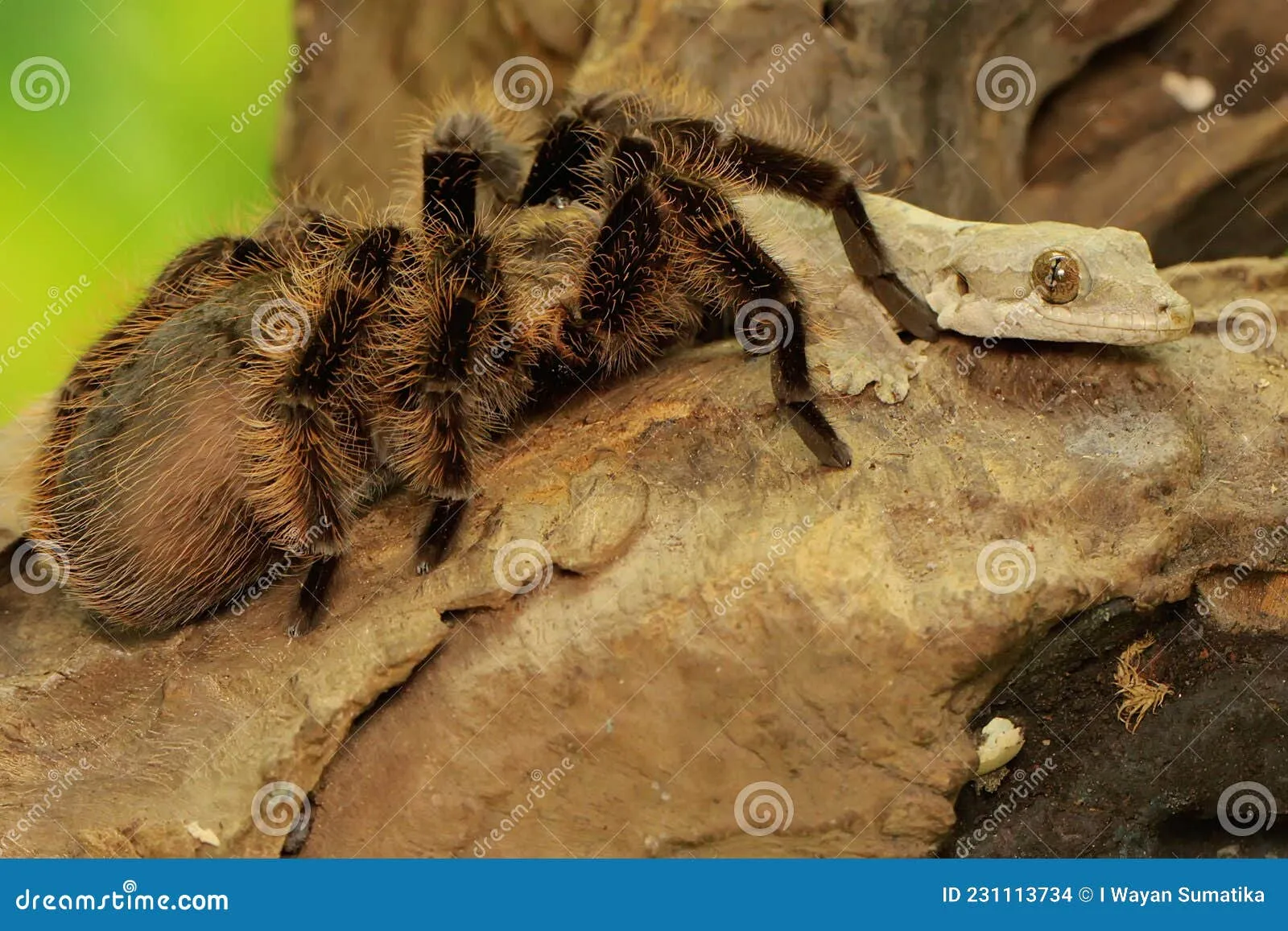
The Brazilian Giant Blonde, when threatened, will often rear up, exposing its fangs and ready to strike. They may also vibrate their bodies, a warning sign before they kick hairs or bite. These postures are clear signals of their readiness to defend themselves. Observing these behaviors will give you clues regarding the mood of this spider.
Feeding Responses
Feeding responses are usually voracious. They often attack prey with lightning speed. This aggressive feeding behavior can sometimes translate into defensive behavior if they feel threatened during or after feeding. It is important to provide a proper amount of food to your tarantula, so they will not feel hungry.
The King Baboon Tarantula
The King Baboon Tarantula (Pelinobius muticus) from East Africa is known for its unpredictable temperament. This tarantula is not afraid to bite, and their bite can be quite painful. They are also known for their speed and ability to burrow, making them difficult to handle. This species should only be handled by experienced keepers, and even then, with extreme caution.
Venom Potency and Aggression
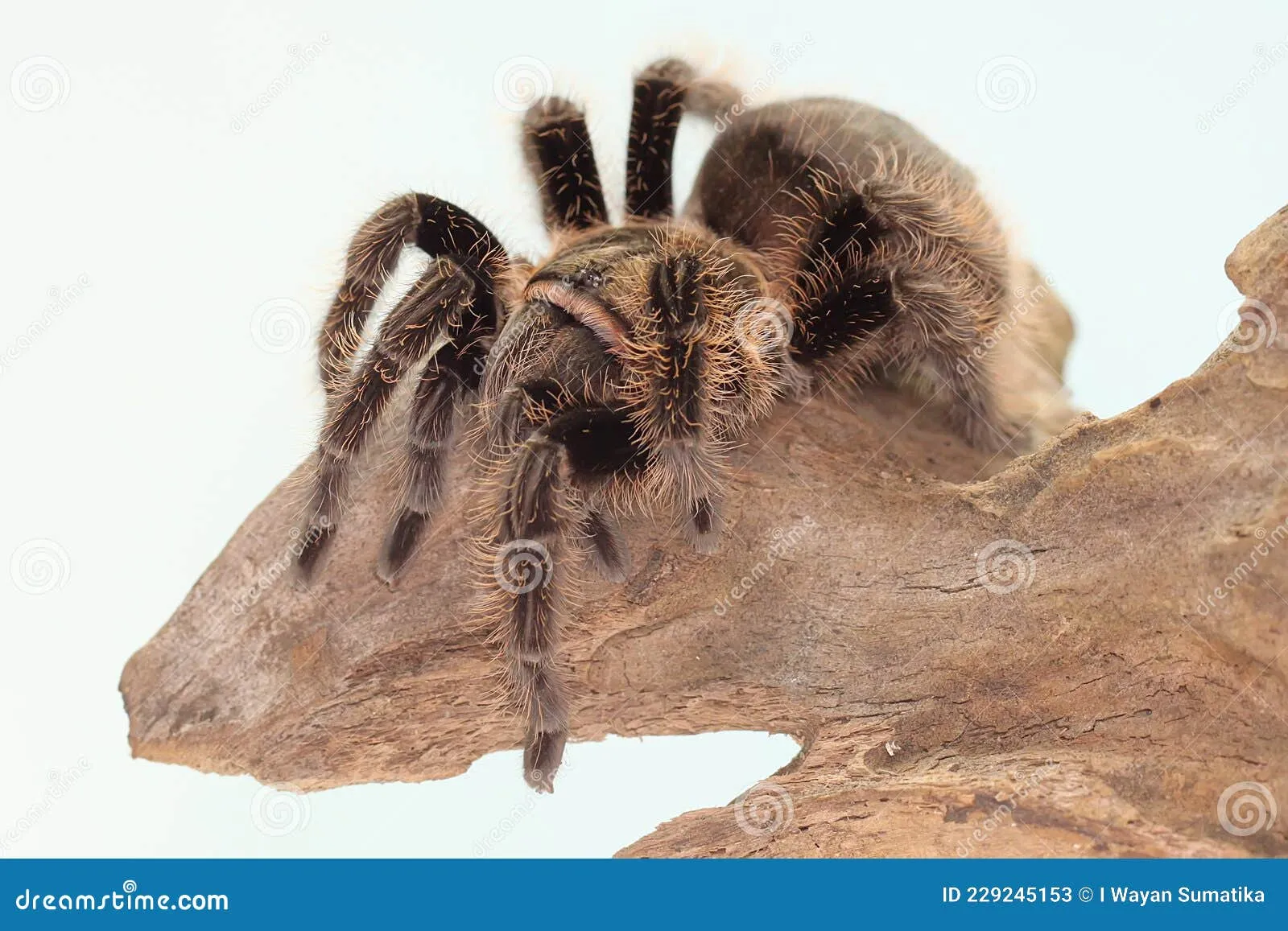
King Baboon Tarantulas possess a potent venom. Although the venom is not usually life-threatening to humans, the bite can cause intense pain, muscle cramps, and other unpleasant symptoms. Their aggression and venom potency make this species a less-than-ideal choice for novice tarantula keepers. Proper care and knowledge of the potential risks are essential.
Habitat and Environment
Providing a suitable habitat is crucial for minimizing stress and potential aggression. They need a deep substrate for burrowing, proper temperature and humidity, and plenty of hiding places. A stressed tarantula is more likely to display aggressive behaviors. A well-designed enclosure will help keep your King Baboon happy.
The Goliath Birdeater
The Goliath Birdeater (Theraphosa blondi) is the world’s largest tarantula, and it has a temperament to match. Although not always aggressive, their size and powerful fangs make them a formidable opponent. They are known to flick urticating hairs and can bite if provoked. They are generally more defensive than aggressive, but their sheer size necessitates respect. Proper handling and understanding of their behaviors are key.
Size and Temperament
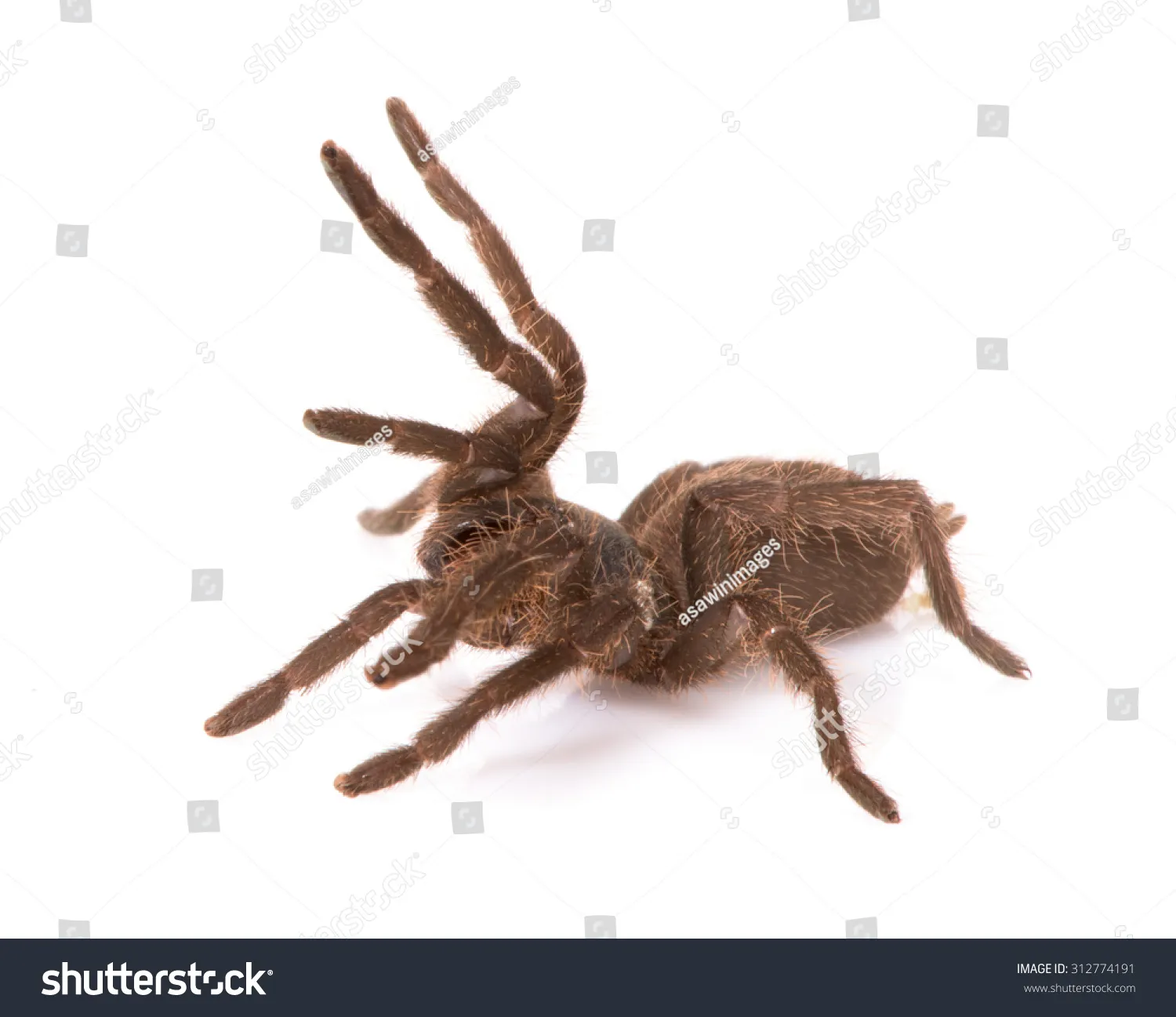
The Goliath Birdeater’s impressive size often intimidates. Because of their large size, they are prone to defensive behaviors when they feel threatened. Handling them requires a calm and measured approach. Sudden movements or perceived threats can trigger a defensive response, so a slow and steady approach is best. Always respect the Goliath Birdeater’s size and power.
Feeding Habits
Goliath Birdeaters have a hearty appetite and will eat a variety of insects and other small animals. They are ambush predators and often sit and wait for prey to come within striking distance. Their feeding behavior can sometimes be mistaken for aggression, especially if they are startled while eating. Therefore, it’s important to avoid disturbing them during feeding.
Other Notable Aggressive Species
Besides the species mentioned above, several other tarantulas are known for their potentially aggressive tendencies. Understanding the characteristics of these species can help you make informed decisions about which tarantulas are right for you and how to handle them safely.
The Tiger Rump Tarantula
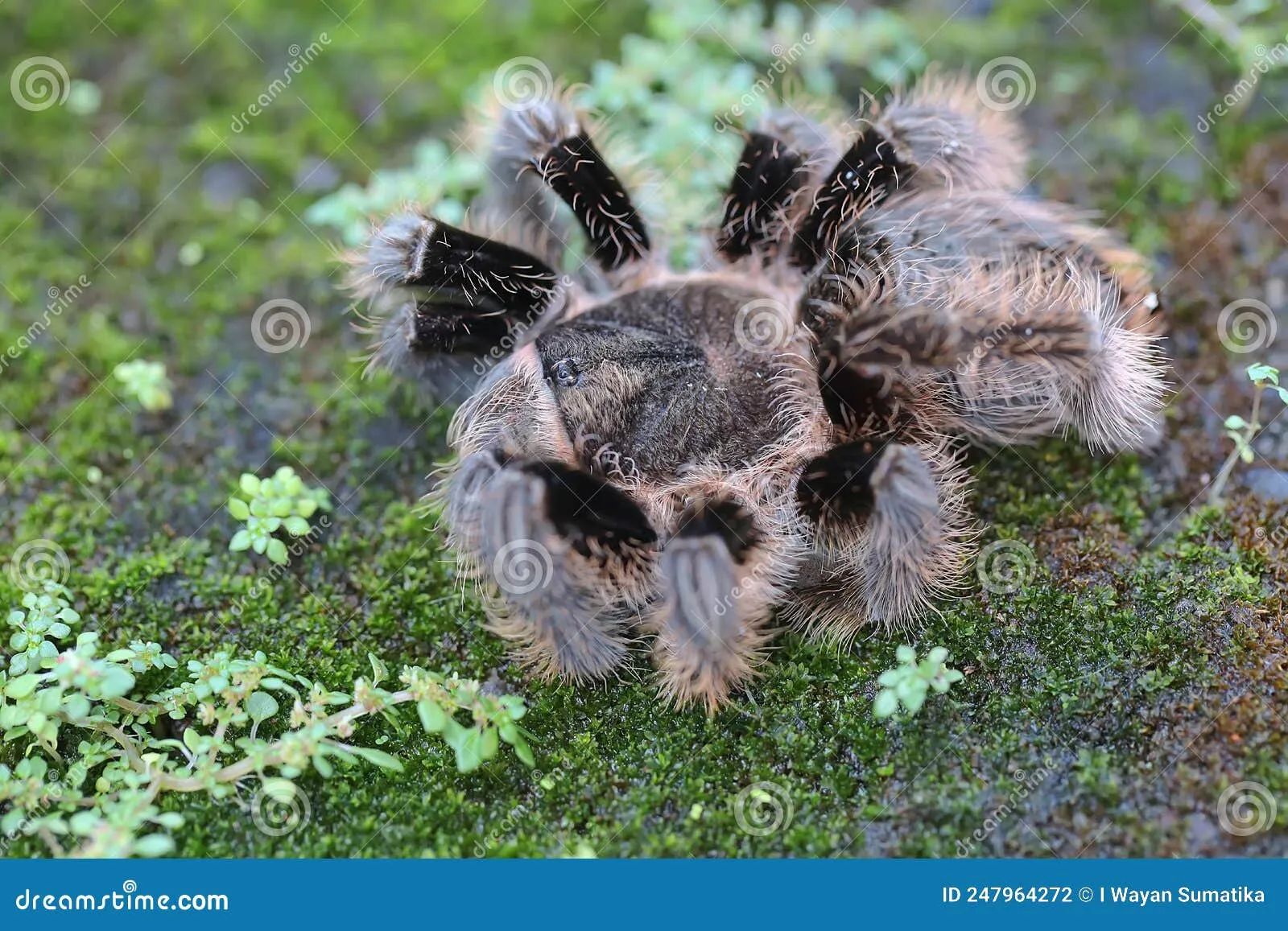
The Tiger Rump Tarantula (Psalmopoeus irminia) is a New World arboreal species known for its speed and defensive nature. They are known to be fast movers and can be quick to bite. They will often flick urticating hairs. Handling this species requires a calm and cautious approach.
The Costa Rican Zebra Tarantula
The Costa Rican Zebra Tarantula (Aphonopelma seemanni) are typically fast and can be defensive if disturbed. They are not usually highly aggressive but can bite if they feel threatened. Their speed can make them difficult to handle. They are often best observed rather than handled.
Spotting Aggression in Your Tarantula
Recognizing the signs of aggression is critical for safe tarantula ownership. Knowing what to look for can help you avoid unnecessary encounters and ensure both your safety and the well-being of your pet. Observe your tarantula’s behavior regularly to understand its baseline temperament and identify any deviations that might indicate stress or aggression.
Body Posture
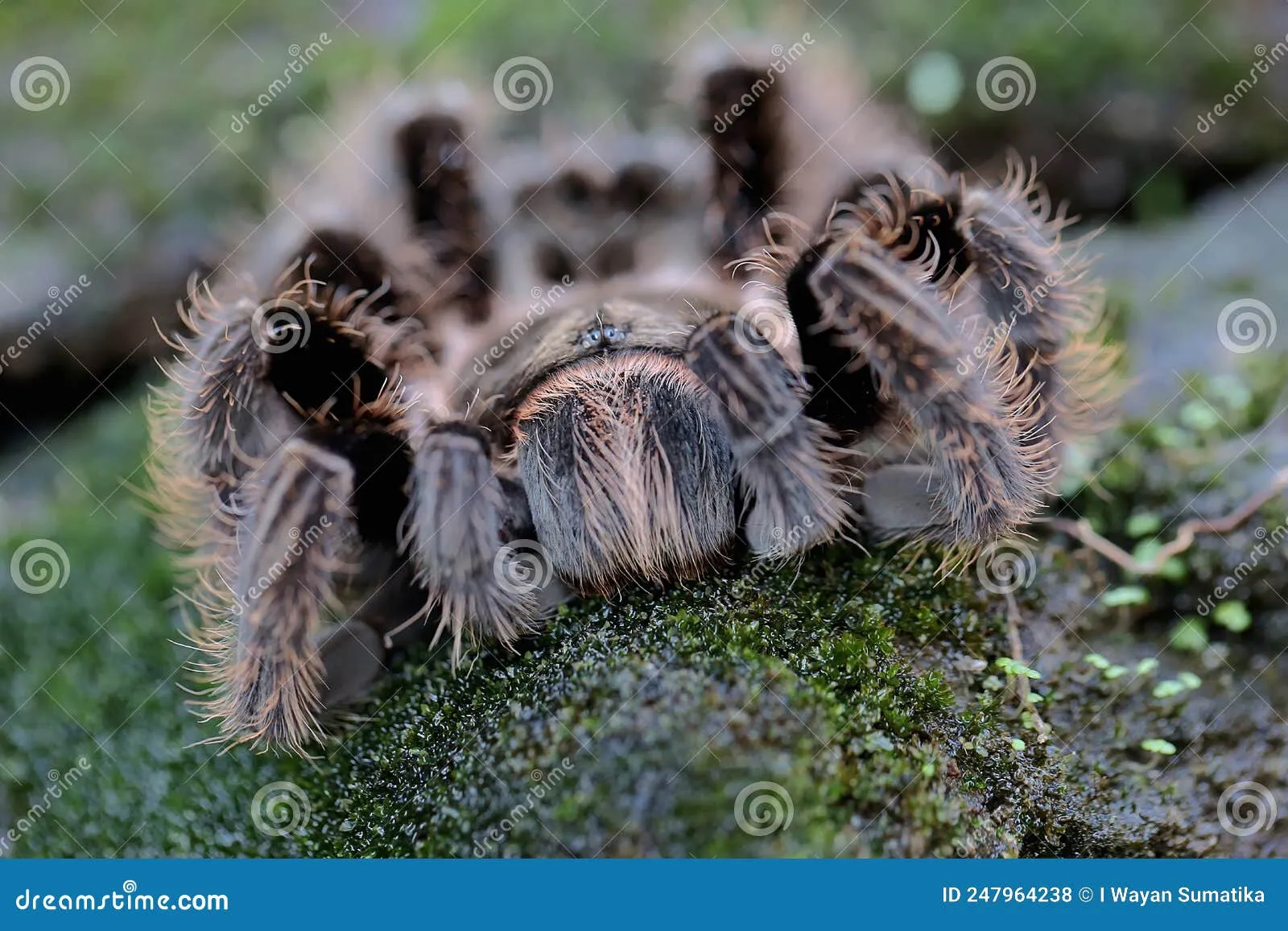
A tarantula’s body posture can communicate a lot about its mood. A defensive posture usually involves raising the front legs, which is a warning sign. Some species may also raise their abdomen or position themselves in a way that appears threatening. Paying attention to these subtle cues will help you anticipate potential aggression.
Hair Flicking
Many New World tarantulas have urticating hairs on their abdomen, which they can flick towards perceived threats. This is a defensive mechanism that causes skin irritation. Observing this behavior indicates that the tarantula feels threatened and is attempting to deter the threat. Avoid touching the tarantula or making sudden movements that might provoke this reaction.
Hissing and Stridulation
Some tarantula species can produce hissing or stridulation sounds by rubbing their legs or pedipalps together. These sounds serve as a warning and often accompany other defensive behaviors. If you hear these sounds, it’s a clear indication that the tarantula feels threatened and you should back off.
Understanding Bite Risks and Safety
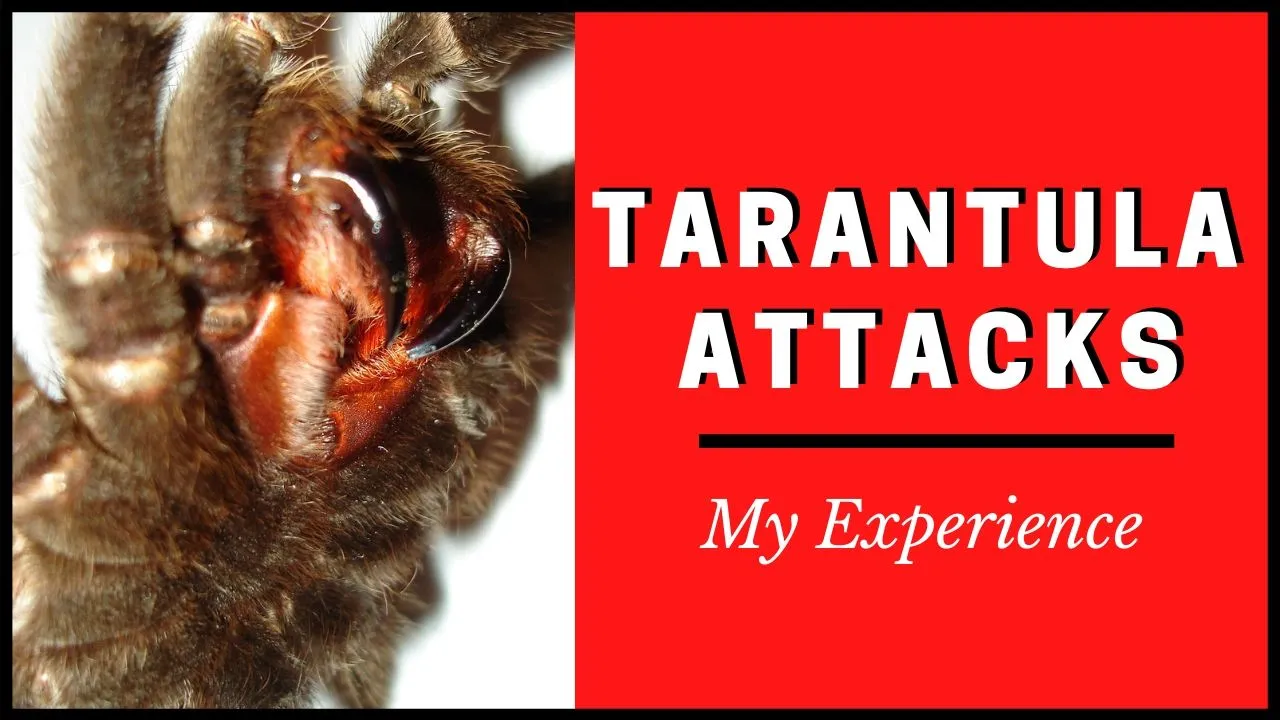
While tarantula bites are rarely life-threatening to humans, they can be painful and cause localized symptoms. Understanding the risks and taking appropriate precautions is essential for safe tarantula ownership. Always be prepared for the possibility of a bite and know what to do if it occurs.
First Aid for Tarantula Bites
If bitten by a tarantula, the first step is to remain calm. Clean the bite area with soap and water. Apply a cold compress to reduce swelling and pain. Monitor yourself for any signs of an allergic reaction, such as difficulty breathing or severe swelling, and seek immediate medical attention if necessary. Most tarantula bites result in only localized symptoms. Be sure to take extra care to ensure the wound is clean.
Responsible Tarantula Ownership
Responsible tarantula ownership involves understanding the needs of the species, creating a suitable environment, and handling the tarantula with care and respect. By familiarizing yourself with their behaviors and potential risks, you can ensure a safe and rewarding experience for both you and your pet. Researching the species you are considering is vital. Always be informed before you take the responsibility of owning any tarantula.
